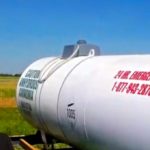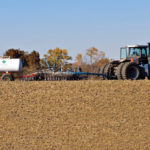Broadcasting in fall is the quickest and easiest way to apply nitrogen — and the least efficient. So why, anecdotally at least, does the practice seem to be on the increase? Bigger farms and a shortage of labour could be part of it. Moreover, nobody knows when poor weather will shut down field operations. And












